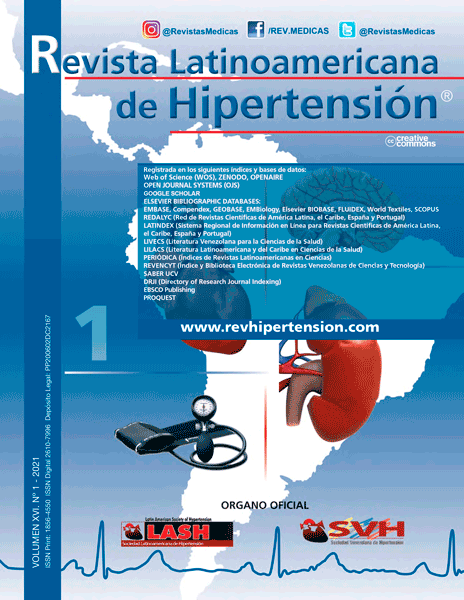Myopia-diabetic retinopathy relationship
Palabras clave:
Autorefraction, axial length, diabetes mellitus, diabetic retinopathy, myopiaResumen
Background: Previous studies have suggested an inverse relationship between myopia and diabetic retinopathy (DR) but such protective effect remains inconsistent. This study aimed to further investigate the relationship between myopia and DR.
Methods: This cross‐sectional study included two-hundred and one (221) type 2 diabetic patients (437 eyes). After pupil dilatation, autorefraction was done to determine the spherical equivalent of refraction. Standard fundus photographs were used to grade diabetic retinopathy. Axial length was measured using Echo scan US-500 (NIDEK). Demographic and clinical information were obtained via interview. A multivariate regression analysis was performed to examine the independent predictors of diabetic retinopathy.
Results: A total of 221 patients (437 eyes) were included in the final analysis. The prevalence of diabetic retinopathy was 50.3%. Among the eyes with diabetic retinopathy, 12.6% had mild NPD, 9.4% moderate NPD, 16.9% severe NPD, and 11.4% PDR respectively. After adjusting for confounding factors, any diabetic retinopathy was independently associated with myopia (OR, 0.39; 95% CI=0.17-0.91, P= 0.028)) and axial length (OR, 0.31; 95% CI, 0.24-0.94; P <0.001. The axial length was inversely and significantly associated with the grade of diabetic retinopathy.
The presence of diabetic retinopathy was independently related to HabA1c, duration of diabetes, and serum cholesterol.
Conclusion: Myopia and longer axial length could protect against the occurrence and severity of diabetic retinopathy.

